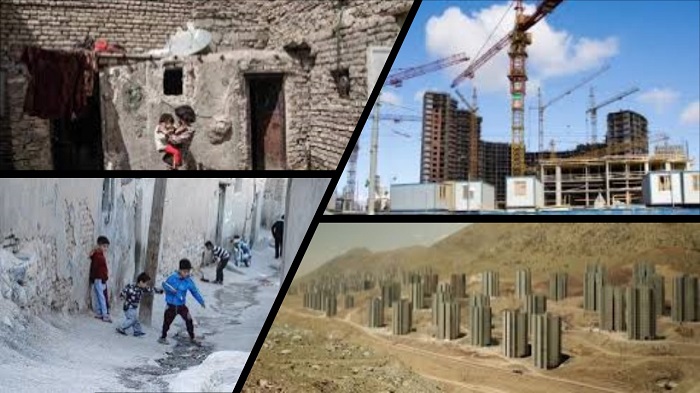
The National Council of Resistance of Iran (NCRI), and the People’s Mujahedin of Iran (PMOI / MEK Iran), reported that before Iran’s new president, Ebrahim Raisi assumed office, he promised to create one million homes and reduce the country’s homeless population, which has become one of the country’s significant issues, particularly for women.
Production Leap and Housing Supply
The government is required to build one million residences in urban and rural areas each year under a strategy titled “Production Leap and Housing Supply.”
Many officials, however, are critical of the proposal because the government lacks the necessary financial means to carry it out.
The first justification for additional housing is to compensate for the country’s housing shortfall in relation to the number of households. While the number of households in the country was reported to be 24.196 million, the number of housing units in the country was reported to be 22.825 million houses, according to the most recent census of population and housing.
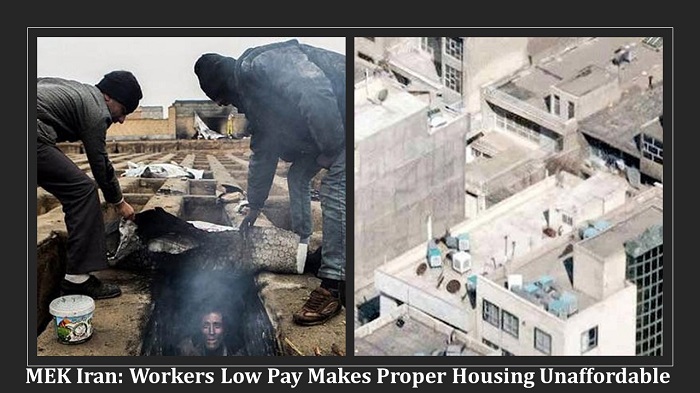
The regime has destroyed residents’ self-made housings
This means that in the current situation, some households in the country live in a housing unit together, or their place of residence cannot be referred to as a housing, such as those on the outskirts of cities, where the regime has attacked and destroyed residents’ self-made housings on numerous occasions in the past years.
So, if each household has one housing unit, the country’s housing market is short 1.371 million shelters.
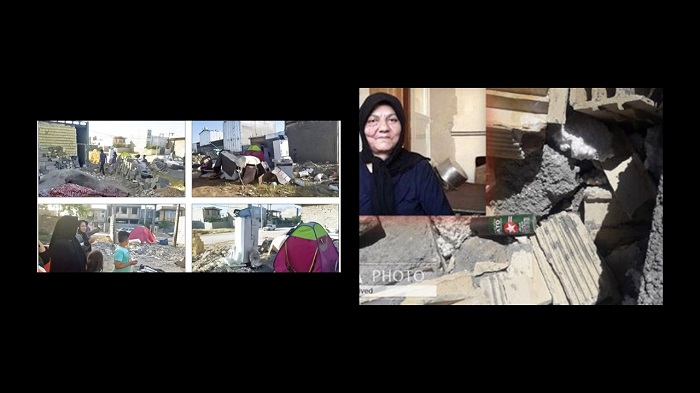
The refurbishment and rehabilitation
New marriages are the second reason for increased home demand. An average of 783,000 marriages has occurred over the last 10 years, implying that the housing market must fulfill these new demands. However, due to the government’s negligence, the number of marriages has fallen, causing numerous socioeconomic issues for the country.
The refurbishment and rehabilitation of worn-out places is the third reason for residential units. More than 11.2 million people live in 76.4 thousand hectares of deteriorating urban areas in Iran, according to studies undertaken by the Ministry of Roads and Urban Development in 2013 to modify the housing master plan.
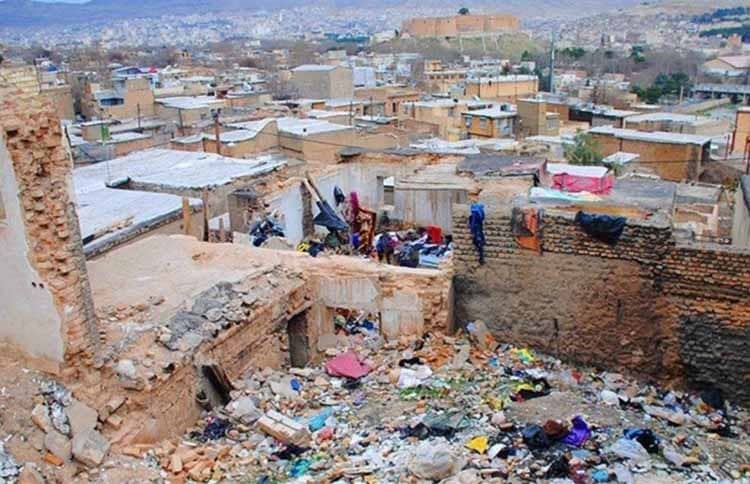
Regulate the supply and demand market
Based on current statistics, it is estimated that a minimum of 5 million old urban housing units will need to be reconstructed. Apart from the worn-out metropolitan areas, the percentage of the non-resistant housing units in the country’s villages is even more concerning.
The dispute over natural housing reserves is the final justification for new buildings. Many countries across the world must always expect many unoccupied housing units to respond to the deficiencies generated by the disproportionate distribution of residential units as well as the necessity for office and commercial units in order to regulate the supply and demand market.
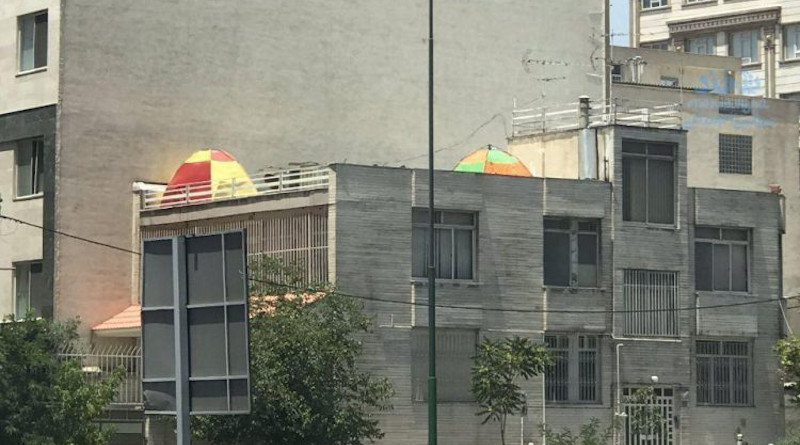
600,000 units should be planned and built
As a result, it appears that approximately 600,000 units should be planned and built as a market reserve during the next ten years. However, officials have asserted on numerous occasions that many vacant houses can be deemed the country’s housing reserve.
However, the reality is that most of these units are not suitable for general usage since they are either too luxurious and pricey, or they are in tourist locations.
According to a survey of resource figures on the need to create a residential unit, in order to solve the country’s housing supply problem by 2026, the government will need to manufacture a total of 22 million housing units between 2016 and 2026. Therefore, the country’s true requirement is for 2.2 million units per year, and creating one million homes per year will not solve the housing shortage.
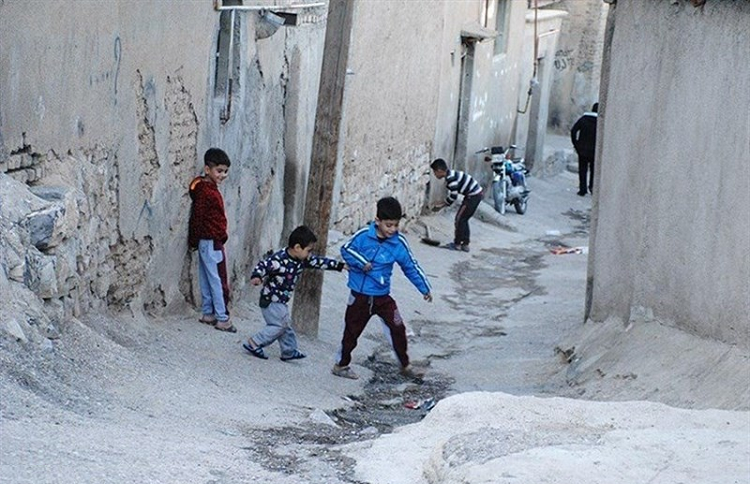
MEK Iran (follow us on Twitter and Facebook)
and People’s Mojahedin Organization of Iran – MEK IRAN – YouTube







